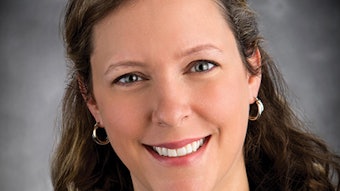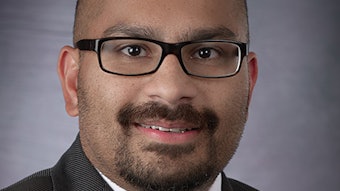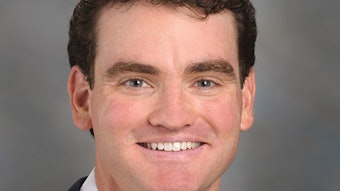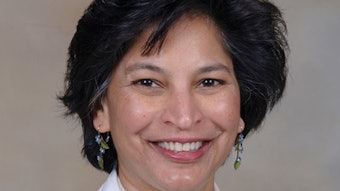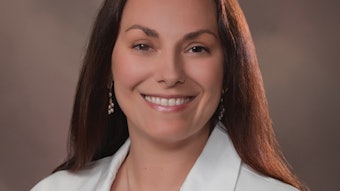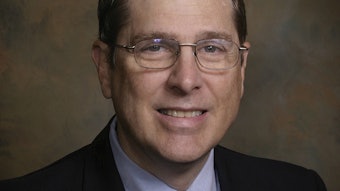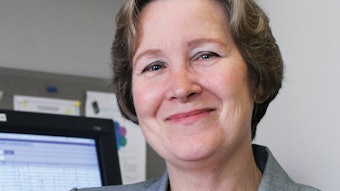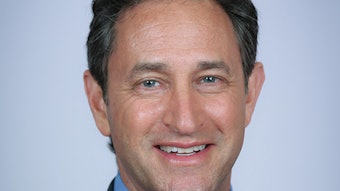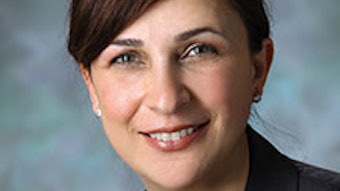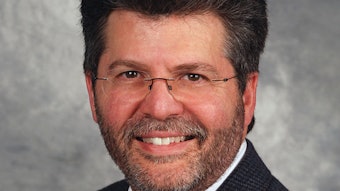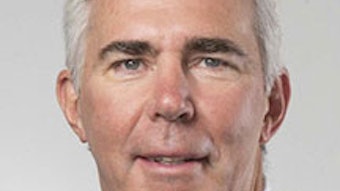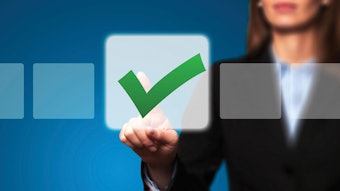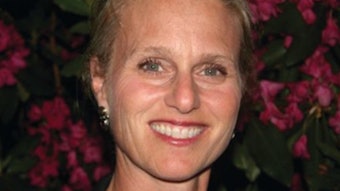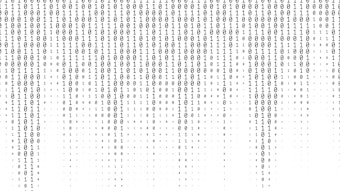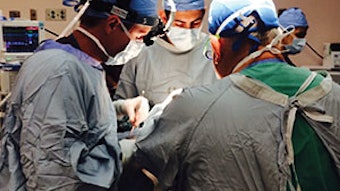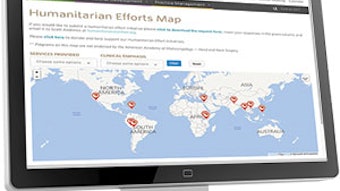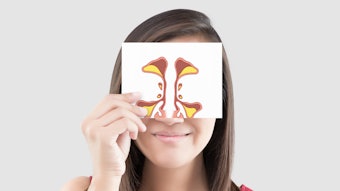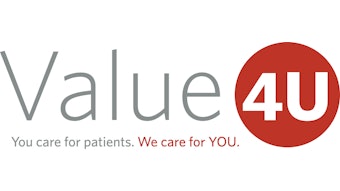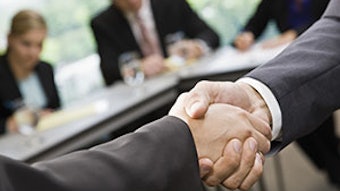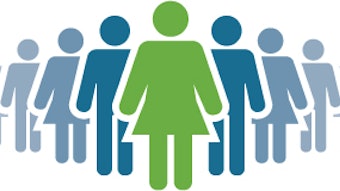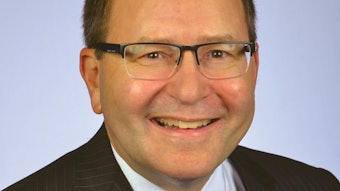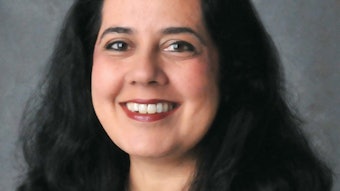BETTER HEARING AND SPEECH MONTHToning down noise-induced hearing lossExpanded from the print edition
The American Academy of Otolaryngology—Head and Neck Surgery (AAO-HNS) Hearing Committee works together with its Members and allied organizations to raise awareness, promote public policy, and advocate for hearing health in the U.S. May is the Better Hearing and Speech Month and as part of that campaign the AAO-HNS would like to draw attention to the important issue of noise-induced hearing loss (NIHL).
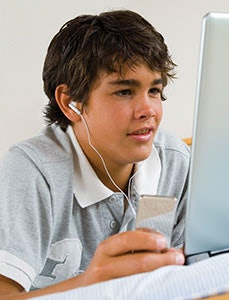 Data suggests that 8- to 18-year-olds average 7.5 hours a day on multimedia devices. Additionally, 94 percent of college students own a personal listening device capable of playing music, and in one study 25 percent of teenagers had a preferred listening level considered ‘high risk’ by NIOSH standards.
Data suggests that 8- to 18-year-olds average 7.5 hours a day on multimedia devices. Additionally, 94 percent of college students own a personal listening device capable of playing music, and in one study 25 percent of teenagers had a preferred listening level considered ‘high risk’ by NIOSH standards.New research challenges the misconception that brief exposure to loud noise is reversible and without sequelae
By Michael S. Harris, MD, neurotology fellow, The Ohio State University and Cameron C. Wick, MD, neurotology fellow, University of Texas Southwestern, for the AAO-HNS Hearing Committee
The American Academy of Otolaryngology—Head and Neck Surgery (AAO-HNS) Hearing Committee works together with its Members and allied organizations to raise awareness, promote public policy, and advocate for hearing health in the U.S. May is the Better Hearing and Speech Month and as part of that campaign the AAO-HNS would like to draw attention to the important issue of noise-induced hearing loss (NIHL).
NIHL is a growing problem with broad public health implications. An estimated 22 million workers are exposed to potentially dangerous levels of noise each year and 10 million Americans are affected by irreversible NIHL.1 Potentially harmful noise levels have been recognized and regulated in occupational settings since the 1974 passage of the Occupational Noise Exposure Standard.2 Today, this standard limits the level and duration of noise exposure that workers can be exposed to, mandates provision of hearing protection, and enforces minimum safety standards (Table 1). More stringent standards have subsequently been proposed by the National Institute for Occupational Safety and Health (NIOSH).3
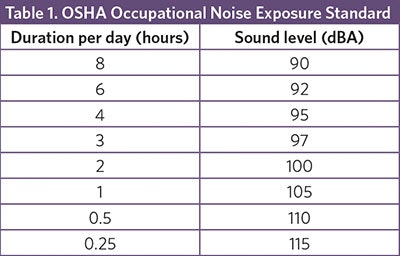
New research is challenging a misconception that brief exposure to loud noise is reversible and without sequelae. Evidence now exists in mice and guinea pigs that a single loud-noise exposure that causes a reversible hearing threshold shift can cause both immediate and long-term structural damage within in the cochlea.4,5 A similar injury profile has been found in human temporal bone specimens.6 This new insight into inner ear pathology has been termed “hidden hearing loss” because standard hearing tests often miss the underlying damage. With repeated noise trauma there is potential for cumulative inner ear damage that may accelerate age-related hearing loss and contribute to poor speech discrimination.
Teenagers and young adults are key targets for Better Hearing and Speech Month. This demographic, in whom awareness of NIHL and hearing protection remains particularly low, is the major consumer of digital music delivered through PLDs. In light of the aforementioned research, this youth demographic may benefit the most from conscientious noise protection. Data suggests that 8- to 18-year-olds average 7.5 hours a day on multimedia devices.7 Additionally, 94 percent of college students own a PLD capable of playing music, and in one study 25 percent of teenagers had a preferred listening level considered “high risk” by NIOSH standards.8,9 Conventional hearing assessment protocols may have underestimated the potential harm of PLDs. New research with extended high frequency audiometry (9-16 kHz) suggests that a preferred listening level of greater than 85 dB is associated with high-frequency hearing decline in young adults.10
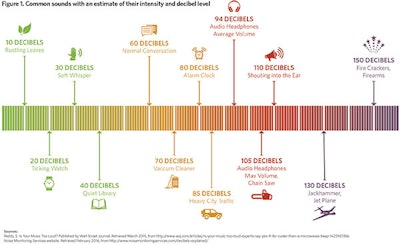
Numerous organizations, including the AAO-HNSF, are dedicated to increasing public awareness on NIHL and healthy listening practices. One award-winning program developed by the American Speech-Language-Hearing Association (ASHA) is called “Listen to Your Buds.” This campaign educates children, parents, and educators on NIHL and healthy listening habits when using PLD (www.asha.org/buds). A more comprehensive list of partnership organizations working on NIHL prevention can be found on the NIOSH website (www.cdc.gov/niosh/).
In general, healthcare providers can reinforce three basics tenets of NIHL prevention: decrease exposure time, increase distance from the noise source, and buffer the noise when possible. Hearing protection devices are recommended whenever a noise is above 85 dB. A variety of hearing protection devices are available ranging from disposable foam inserts to earmuffs to customizable musician plugs. New inexpensive smartphone apps also make testing environmental noise easier than ever.
The Hearing Committee continues to track this and other critical issues in order to provide the AAO-HNS with expert input for its role in consumer advocacy and public policy making by governmental agencies. Please join us this May, during Better Hearing and Speech Month, to raise awareness about NIHL.
References
- National Institute for Occupational Safety and Health (NIOSH). Noise and hearing loss prevention. Available from: http://www.cdc.gov/niosh/topics/noise/stats.html. Accessed Jan. 17, 2016.
- Occupational Safety and Health Administration (OSHA). Occupational noise exposure – 1910.95. Federal Register 23502, June 1974. http://www.osha.gov/pls/oshaweb/owadisp.show_document?p_table=STANDARDS&p_id=9735
- National Institute for Occupational Safety and Health (NIOSH). Criteria for a recommended standard: Occupational noise exposure, revised criteria. U.S. Department of Health and Human Services, Centers for Disease Control and Prevention, National Institute for Occupational Safety and Health Publication. 1998. No. 98 –126. Cincinnati: NIOSH.
- Kujawa SG, Liberman MC. Adding insult to injury: Cochlear nerve degeneration after “temporary” noise-induced hearing loss. J Neurosci. 2009;45:14077-14085.
- Lin HW, Furman AC, Kujawa SG, Liberman MC. Primary neural degeneration in the guinea pig cochlea after reversible noise-induced threshold shift. J Assoc Res Otolaryngol. 2011;12:605-616.
- Viana LM, O’Malley JT, Burgess BJ et al. Cochlear neuropathy in human presbycusis: Confocal analysis of hidden hearing loss in post-mortem tissue. Hear Res. 2015;327:78-88.
- Kaiser Family Foundation. Daily media use among children and teens up dramatically from five years ago. January 2010. Available from: http://kff.org/disparities-policy/press-release/daily-media-use-among-children-and-teens-up-dramatically-from-five-years-ago/. Accessed Jan 17, 2016.
- Danhauer JL, Johnson CE, Byrd A, et al. Survey of college students on iPod use and hearing health. J Am Acad Audiol. 2009;20:5-27.
- Muchnik C, Amir N, Shabtai E, Kaplan-Neeman R. Preferred listening levels of personal listening devices in young teenagers: self reports and physical measurements. Int J Audiol. 2012;51:287-293.
- Sulaiman AH, Husain R, Seluakumaran K. Hearing risk among young personal listening device users: Effects at high-frequency and extended high-frequency audiogram thresholds. J Int Adv Otol. 2015;11:104-109.
